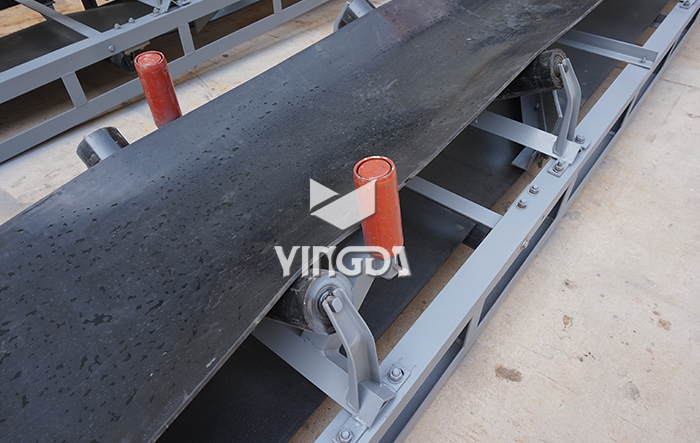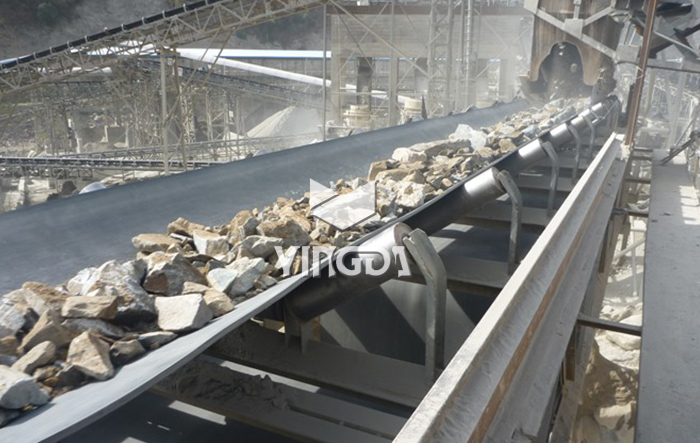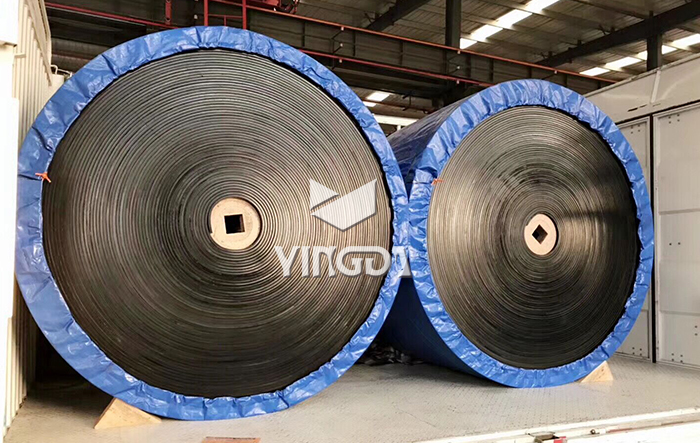The necessity of researching the dynamics of the conveyor belt
The conveyor belt of a belt conveyor is a core component of a belt conveyor, which plays the role of load bearing and traction. In the whole belt conveyor, the cost of the conveyor belt accounts for 30%-50% of the cost of the whole equipment.

In the process of operation, the load of the conveyor belt is particularly complex. In addition to the longitudinal tensile force, it is also subject to the bending stress of the roller and the roller. Therefore, most of the conveyor belt damage is mainly manifested in the wear and tear of the working surface layer and edge of the conveyor belt, which is caused by the impact of large and sharp materials, such as breakdown, tearing and peeling.

Conveyor belt is the basic component representing the characteristics of the belt conveyor. Due to its viscoelastic characteristics, the force of each part of the belt conveyor in the process of starting and braking is large, so the design of each element of the belt conveyor is closely related to the tension change of the belt in the process of starting and braking. With the production of a large number of high-yield and energy-efficient new coal mines, large belt conveyors with long distance, large transport capacity and high belt speed have gradually become the mainstream of the development of belt conveyors.

Therefore, for the design of large belt conveyor, the traditional rigid body dynamics analysis method has been unable to meet the design requirements of the belt conveyor, and the calculation results have a large error with the inherent dynamics characteristics of the conveyor belt. Therefore, for the large belt conveyor must establish its system mathematical model to study its dynamic characteristics.





 Products
Products
 Inquiry
Inquiry
 WhatsApp
WhatsApp
 Top
Top



